|
The leaves are beginning to change color and some of them are already sprinkling to the ground. It is officially autumn, however I’m not quite ready to put away my sandals. And, I’m certainly not inclined to shelve my white and rosé wines. In fact, if you have kept up with my stories, then you know I tend to drink these wines all year round. To welcome the fall season, I decided to open a crisp rosé from Michel Chapoutier’s Domaine de Bila-Haut vineyards located in the region of Côtes de Roussillon, Languedoc. To learn more about Michel Chapoutier, please click on the link below or peruse the Categories list to the right of this page. http://thewineknitter.com/the-journal/category/bilahaut Domaine de Bila-Haut “Les Vignes” Pays d’Orc Rosé 2018 is a blend of 60% Grenache and 40% Cinsault that is fermented and aged in tanks. Up until the 2018 vintage, Michel, ever the artist and experimentalist, also used 5% Syrah in the blend, but he has phased it out completely. This coral-colored wine has subtle but inviting aromas of floral, citrus, red fruit and minerality. The palate offers a soft array of berries, rose, herbs, minerality and a hint of watermelon. This is a dry and refreshingly crisp wine with just a trace of citrus on the finish. Drink as an aperitif or serve with light pasta, seafood, sushi and salads. Alcohol: 12.5% SRP: $15 Although I’m taking inventory of my red wines and getting ready for those cold winter days ahead, my refrigerator will always be stocked with white, rosé and sparkling wines! Until next time…
Cheers! Penina To leave a comment or if you have an inquiry, please contact me at [email protected] Over the Labor Day Weekend, I sampled a few vintage wines from our restaurant days in New York City. Some of the wines didn’t warrant a second sip, and a few others were worth taking notes on. And then, there was this. Most Pinot Noirs are not known for their longevity and are best enjoyed within a few years of bottling. However, there are a few Pinot Noirs that stand the test of time and this is one of those wines. Domaine Confuron-Cotetidot is a family run business that dates back to the seventeenth century during the reign of Louis IV. The Confuron family has always been vignerons specializing in vine selection and propagation. Yves Confuron runs the estate today along with the help of his brother, Jack, who is an oenologist. Their parents still work the vines as they have always done for the past fifty years. The family vineyards are spread throughout the Côte de Nuits located in the northern half of the Côte d’Or wine region in Burgundy, France. In addition to their village level wines, the estate has an impressive array of premier cru and grand cru sites that include the famous Vosne- Romanée Les Suchots of which they are one of the largest holders. For the most part, vines in all of their vineyards average around 65 years of age. Within the Côte de Nuits are two Grand Cru vineyards, Vosne-Romanée and Chambolle-Musigny, where some of the most famous and expensive Pinot Noirs are produced. Vosne-Romanée is a small commune that has been producing notable wines for thousands of years. Les Suchots is located within this commune and it is the largest Premier Cru climat in the Vosne-Romanée appellation. Climat refers to delineated plots of land that have specific climatic and geological conditions. The climate here is balanced between the warm sun and cool winds that help to develop rich fruit complexity and good acidity in the wines. Domaine Confuron-Cotetidot Vosne-Romanée 1er Cru-Les Suchots 1998 The bottle showed a small amount of wine evaporation (ullage), but the cork was good so I used the Coravin system to extract a glass of wine. This 100% Pinot Noir had a beautiful garnet color with tawny around the rim. The heady aromas of floral, kirsch, spice and red fruit, notably cherry, were encouraging. Before the wine had time to open my palate was treated to red berries, spice, earth and gripping acidity. After twenty minutes the fruit and spices were more pronounced. I tasted cherry, raspberry, spice, mushrooms and anise. This wine still has an impressive complexity to it and expresses the terroir beautifully. It made me fall in love with Pinot Noir all over again! Alcohol: 13% I’m looking forward to uncorking this bottle very soon! Until next time…
Cheers! Penina To leave a comment or if you have an inquiry, please contact me at [email protected] Imagine grand châteaux, wine vineyards, limestone cliffs, intriguing caves, the Morvan National Park, Forest des Bertranges, picturesque rivers and canals, and you have arrived in Bourgogne, aka Burgundy. To begin, Bourgogne is the French name for Burgundy. According to the Bourgogne Wines Board, “To re-affirm its identity as one of the most iconic vineyards of France, the region and its producers are reverting to the original French iteration of its name - Bourgogne. By maintaining this one identity, Bourgogne returns to its historical roots as the consummate brand treasured by consumers the world over.” Located in the east-central part of France with over 74,000 acres of vineyards, Bourgogne is recognized worldwide and is considered the classic region for growing and producing Chardonnay and Pinot Noir. The region is made up of five major growing areas each with its own unique climate and soil as represented on the map below. Chablis is to the north with a cool continental climate and as we move south the climate is predominantly moderate continental. The soil types vary and can change significantly over small areas due to small geological faults, combined with gradual erosion. It is important to note that limestone is the primary soil that influences the character and quality of Bourgogne wines in addition to the microclimate and grape variety. Bourgogne has a very complex and quite comprehensive classification system. There are 84 Appellations d’Origine Contrôlée (AOCs) throughout Bourgogne and four levels (classifications) of wine within the region starting with Regional, Village/Communal, Premier Cru and ending with Grand Cru. The regulations become stricter and pricing increases as you advance up the levels. Within the Bourgogne AOC, the Régionale appellations have their own geographic denominations with one of them being DGC (dénomination géographique complémentaire.) DGC wines have more restrictive production conditions than those of Régionale appellations without a denomination. There are 14 DGCs of the Bourgogne appellation with their own levels as well. Did I mention a complex system? Are you confused yet? I certainly am! So, let’s move on and dive into four wines representing the Bourgogne DGC appellation. Domaine Olivier Morin Bourgogne Chitry Blanc Constance 2017 Domaine Olivier Morin is located in the medieval town of Chitry-le-Fort, which is just a few miles from Chablis. This six-acre estate is part of the Bourgogne Chitry AOC appellation. Chalky, Kimmeridgian limestone soil dominates the vineyards mirroring the terroir of Chablis with vines ranging from 10 to 25 years old. This unoaked 100% Chardonnay is dry, light and refreshing. It was aged for one year in stainless steel tanks and bottled unfiltered. This wine has a pale straw color with a slightly green hue. A lovely bouquet of floral, citrus and minerality lead to green apple, white flowers and citrus on the palate. Bright acidity, minerality and a burst of lime zest on the finish give this wine a lot of character. Serve as an aperitif or with seafood and light pasta dishes. Alcohol: 12.5% SRP: $21 Olivier Merlin Mâcon Blanc La Roche Vineuse 2016 Domaine Merlin is located in the village of La Roche-Vineuse at the foot of the Mâconnaise rocks in southern Burgundy. Mâconnaise wine region is about 150 miles south of Chablis and is warmer than the rest of Burgundy. The wines tend to be fuller and the fruit riper. Grapes for this wine were hand-harvested from vines growing in clay limestone of the Quaternary (soil dating back millions of years ago during the Jurassic period). This wine is 100% Chardonnay and was aged for 15 months. Ten percent was aged in older Burgundian barrels and the rest aged in stainless steel tanks. The wine was slightly filtered before bottling. The color of the wine is soft yellow with intriguing aromas of floral mixed with minerality and exotic fruit. This is a dry, crisp wine that is loaded with treats for the palate. It is fresh and juicy with white peach, pineapple, citrus, a trace of fennel and a lengthy candy apple finish. Serve as an aperitif or pair with seafood, grilled veggies and light pasta. Alcohol: 13% SRP: $23 Dominique Cornin Mâcon Chaintré 2016 Cornin Vignerons is located in the Mâcon Chaintré appellation. The grapes for this wine were hand-harvested and organically farmed from different plots situated at the foothills of Chaintré. Vines were planted between 1968-1985 in soil of clay limestone beaded with fluvial pebbles. This wine was aged in vats on fine lees for 11 months. This is 100% Chardonnay with a light yellow color. Notes of acacia, citrus and melon on the nose segue onto the palate with honeydew melon, apple and a trace of anise. This wine is a delightful dance on the palate and beautifully balanced between acidity and alcohol. I am including the winemaker’s description because it is so poetic! “We bite into a Chaintré like a green apple, using all our teeth! It is juicy and refreshing. We bite and we are bitten by its charm, put under a spell by its exuberant nose and dashing white flower, fresh fruit and citrus zest aromas. A glass of Chaintré in hand is a flower on a lapel, a crisp water colour, it’s spring weather that warms life. A glass of happiness, carefree and hopeful…” Drink as an aperitif or serve with light fare. Alcohol: 13% SRP: $25 Vigneron de Buxy Bourgogne Côte Chalonnaise Buissonnier Rouge 2015 Cave des Vigneron de Buxy is a collective initiative comprised of 120 winegrowers and family farms. They are located in the Bourgogne Côte Chalonnaise regional appellation. The boundaries extend from Montagny in the south up to Chagny in the north, ending just south of Côte d’Or. The grapes for this wine were selected from plots located in the middle of hillsides with shallow soils of clay and limestone with very stony grounds. Vinification takes place in stainless steel vats and then in casks or oak casks. Duration of aging in wood is dependent on the vintage. This is 100% Pinot Noir with a dark ruby color bordering on brick. Succulent aromas of berries, cherry and spice spill onto the palate with bursts of dark cherry, rich and jammy fruit, spice and earth followed by a finale of pepper and vanilla. It is a perfect balance between the acidity and soft tannins. Pair with game, meat, grilled tuna and veggies.
Alcohol: 13% SRP: $16.99 These are considered entry-level wines, but they are complex, refined and quite enticing. And they undeniably represent the terroir of Bourgogne. It just goes to show you that one doesn’t have to spend a fortune to indulge in the wines of Bourgogne! Until next time… Cheers! Penina To leave a comment or if you have an inquiry, please contact me at [email protected] Although I never need an excuse to open a bottle of wine, celebrating Bastille Day with a French rosé is a must! Okay, so I’ve jumped the gun and started the celebration a few days early! Bastille Day is celebrated every year on July 14th. The French call it “Le Quatorze Juillet” or “La Fête Nationale.” In addition to France, many French-speaking regions around the world celebrate this day, including the USA. It is celebrated with parades, fireworks, French food, wine and dancing. Here is a very brief account as to why Bastille Day is such a significant day for France. On July 14th, 1789 a group of revolutionaries stormed the Bastille prison marking the start of the French Revolution. The Bastille was a symbol of the tyrannical rule of the Bourbon monarchy. King Louis XVI and his wife Marie Antoinette were overthrown, ending the “Ancien Régime”. By the order of France’s new revolutionary government, the Bastille prison was torn down with the last stone being removed in 1790. And we all know the fate of Marie Antoinette. My “early” celebration began with a rosé from the Côtes de Provence, the largest appellation in Provence, located in southeastern France. The Commanderie De Peyrassol is situated in the Var amid the foothills of the Massif des Maures. Commanderie De Peyrassol was founded by the Knights Templar in the 13th century. The first recorded harvest was in 1256! This domaine has a long and rich history that reads like a novel and is worth perusing on their website. https://www.peyrassol.com The current owner is Philippe Austry who purchased the property in 2001 and lovingly restored and renovated it with the help of his nephew Alban Cacaret, who manages the domaine. The domaine is comprised of 950 hectares of which 93 hectares are under vines. More than ten grape varieties are grown here. The climate is typical Mediterranean, with hot, dry summers and mild winters and the soil is a mixture of clay and limestone, with heavy gravel content. Cuvée de la Commanderie Rosé 2018 A.O.P. Côtes de Provence is a beautiful blend of 45% Cinsault, 29% Grenache, 15% Syrah, 6% Rolle, 5% Mourvèdre, Cabernet and Carignan. This wine has a soft peach color with aromas of red berries, salinity and floral. The palate offers strawberry, raspberry, light citrus, salinity and crisp acidity. This is a dry and complex wine that displays elegance and freshness with savory taking the lead over fruit. Serve as an aperitif or pair with seafood, grilled fish, appetizers and light pasta. Alcohol: 12.5% SRP: $20 Whether you’re celebrating, July 4th, Bastille Day or life in general, enjoy it with a glass of this rosé. You’ll thank me for it! Until next time…
Cheers! Penina To leave a comment or if you have an inquiry, please contact me at [email protected] It’s that time of year again for hearts, flowers and everything pink! Yes, Valentine’s Day is fast approaching. So, to get in the spirit of the holiday and in keeping with the pink theme, I opened up a bottle of rosé from the south of France. Provence is no stranger to winemaking, and most winemakers from this region would agree that Côtes de Provence, the largest appellation here, is the heart of rosé wine production that also makes the vast majority of rosé wine in Provence. Château Montaud is located in the heart of the Maures Mountains on the site of an old Roman villa. As with most wineries in the Côtes de Provence, Château Montaud is family owned. Francois Ravel started the winery in 1964 and today, his grandson Frederic Ravel presides over this 840-acre estate. The warm Mediterranean climate with hot summers, mild winters and low rainfall are ideal for growing grapes. The vines grow on long schist and sandstone terraces with cool breezes that emanate from the Mediterranean Sea. Château Montaud practices sustainable farming and integrated farming techniques, keeping the number of treatments required to a minimum. They grow varietals such as Grenache, Syrah, Cinsault, Tibouren, Cabernet Sauvignon, Rolle and Chardonnay. Their winemaking techniques encompass advanced technology and traditional winemaking methods. Château Rosé Montaud Côtes de Provence 2017 is a blend of Cinsault, Grenache, Tibouren and Carignan. This aromatic blend is an inviting color of pink salmon with notes of fresh red fruit, strawberry, cherry, cranberry and hints of minerality. The palate is filled with flavors of cherry, strawberry, a trace of pepper and a touch of “the sea”. It is a very refreshing rosé with the perfect balance of acidity, minerality and dryness. Drink as an aperitif or pair with light fare such as seafood, shellfish, cheese, salads and light pasta. Alcohol: 12.5% SRP: $9 Now that I’m getting in the mood for Valentine’s Day, it’s time to decide what sparkling wines to chill! What will you be drinking? Until next time…
Cheers! Penina To leave a comment or if you have an inquiry, please contact me at [email protected] As it got closer to game time on Super Bowl Sunday, the streets emptied and the traffic was just about non-existent. The bars were packed with sports fans and Super Bowl parties were underway in many homes. Friends engaged in good-natured banter as to who had the largest flat screen TV to watch the game on while others boasted they had the best “game day” food to serve. For many years my youngest son and I had a Super Bowl tradition. If I didn’t feel like cooking, we would order a huge feast from our favorite Chinese restaurant and watch the game together. After he went off to college, I started watching the game with friends. But I must admit that I really miss my son on Super Bowl Sunday! Since my son couldn’t join me again this year I decided to invite the “Northern Rhône” to participate in the Super Bowl festivities, via a bottle of wine. (I know, this is a long and crazy segue to review a bottle of wine.) The Rhône Valley is a grape-growing region located in Southern France. The Northern Rhône has seven major appellations consisting mostly of steep hillsides and stone filled soils including limestone, minerals, clay and gravel. The climate in the Northern Rhône is moderate continental and is influenced by the cold north mistral wind, with the winters tending to be tough and the summer months warm. The more concentrated and better quality wines come from the steep hillsides that have greater exposure to sunlight. The signature grape in the Northern Rhône is Syrah and it is the only red grape permitted here. Viognier, Marsanne and Roussane make up the white varieties. Syrah grapes are small with thick darkly colored skins and tend to produce wines of deep color that are concentrated and rich. Saint-Joseph appellation is located on the right bank of the Rhône and produces some of the best quality red wines from the steeply terraced vineyards here. The appellation is approximately 2,400 acres with a diverse range of soils, heights and sun exposures. Ferraton Père & Fils is a producer and négociant of wine throughout the Rhone Valley. Twenty percent of Ferraton production is estate wines with grapes coming from the domaine’s 37 acres in the Northern Rhône’s Hermitage, Crozes-Hermitage and St. Joseph appellations. The rest is sourced from sustainably farmed fruit in both Northern and Southern Rhône appellations all of which are biodynamic and certified organic. Ferraton Père & Fils Saint-Joseph La Source 2015 is bottled under their négociant line (Red Label) called “Tradition”, which refers to the traditional method in the Rhone of blending from various vineyards. The wine is 100% Syrah of which a portion was partly aged in oak barrels for about 12 months. The color is deep ruby with heady aromas of red and dark berries, cherry, spice and violet. Every sip is pleasing to the palate, offering black raspberries, blackberry, dark plum, licorice, sweet spice and vanilla. The finish is loaded with pepper, minerality and hints of chocolate. It is full-bodied with soft tannins and a richness that just “wows”! Serve with roasted or grilled meats, all types of cheese, fish or meat stews. This is a lot of wine at a modest price! And, I expect it to get even better over time. Alcohol: 13.5% SRP: $32 For more information about Ferraton Père & Fils, please click on the menu at right. The Super Bowl was a disappointment this year and held no excitement or nail- biting moments. However, my glass of wine more than compensated for the outcome of the game. Until next time…
Cheers! Penina To leave a comment or if you have an inquiry, please contact me at [email protected] As I popped open a bottle of wine from the south of France the other evening, I imagined myself basking in the Mediterranean climate as opposed to the deep freeze that I was experiencing. And after a few sips of wine, I was magically transported to Pic Saint-Loup. Pic Saint-Loup is a sub-appellation of the Languedoc appellation and is located in the Languedoc-Roussillon region of southern France. Although the Languedoc makes red, white and rosé wines, Pic Saint-Loup only makes red and rosé wine, mainly from Grenache, Syrah and Mourvedre. Located only 18 miles from the southern French coast, Pic Saint-Loup appellation enjoys a Mediterranean climate with hot summers, mild winters and low rainfall. It also benefits from the proximity of the Pic Saint-Loup mountain and the Montagne de L’Hortus both of which contribute Jurassic limestone soils and bring a continental influence to the area with cool nights and an increased diurnal temperature range. The Jurassic limestone soils and diurnal temperatures are key in the development of the grapes here, helping to retain balanced acidity and sugars. Pic Saint-Loup appellation is about 1500 hectares with approximately 1000 hectares of planted vines at varying elevations. For instance, Mourvedre likes to grow in warm dry climates and is planted in lower vineyards, whereas Syrah prefers the higher elevations, benefiting from the cooler nights. Château La Roque is located in the Coteaux du Languedoc Pic Saint-Loup. Its origins date back to 1259 when two brothers Jean and Guilhaume de La Roque purchased the property and planted vineyards. However, prior to the brothers arriving, it is said that the Romans were the first to plant vines over 2000 years ago. By the 15th century, the La Roque family was making wines commercially. La Roque has 80 hectares of which 32 hectares are terraced vineyards. In addition to the limestone and clay soil, Garrigue, an aromatic scrub brush dominates the landscape and contributes its essence to the vines. Sylviane and Bertrand Barascud purchased the estate in 2015 postdating the bottle of wine that I opened. However, the winemaker, Cyriaque Rozier, who worked for the previous owner, Jacque Boutin has stayed on with the Barascuds. Château La Roque Languedoc Pic Saint Loup Rouge “Cuvée Les Vielles Vignes de Mourvedre 2011 This is a beautiful blend of 70% Mourvedre, 20% Syrah and 10% Grenache. The grapes are hand harvested from 50 to 60-year-old vines and fermented in cement tanks. The wine is aged for 18 months in 600-liter oak barrels (2, 3, 4 and 5 years) and then aged in bottle for 6 months before release. The color is dark ruby with succulent aromas of dark berries, plum, spice and violet. The palate offers blueberry, black cherry, fennel, earth, pepper and hints of vanilla. The finish is lengthy with traces of chocolate and pepper lingering. The wine is full-bodied with a perfect marriage of tannins and acidity. I would love to taste this again in a year or so. Serve with grilled or braised game & meats, stews, hearty soups and assorted cheese.
Alcohol: 13.5% Perhaps next time that I’m sipping Pic Saint-Loup wine, I’ll be gazing at the Montagne de L’Hortus and not at the logs burning in the fireplace! Until next time… Cheers! Penina To leave a comment or if you have an inquiry, please contact me at [email protected] Winter is just around the corner and we’ve already had a taste of snow, about eight inches worth! During this unexpected snowfall, I took inventory of the many samples that I’ve received of late and decided this would be a great time to open a few bottles from the Rhône Valley. The Rhône Valley is a grape-growing region located in Southern France. The Northern Rhône has seven major appellations consisting mostly of steep hillsides and stone filled soils including limestone, minerals, clay and gravel. The climate is continental and is influenced by the mistral wind with the winters tending to be tough and the summer months warm. The signature grape is Syrah and it is the only red grape permitted here. Viognier, Marsanne and Roussane make up the white varieties. The Southern Rhône produces about 95% of all wine in the Rhône Valley. It has six major appellations that are situated on flatter terrain consisting of stony soil including limestone, clay and sand. The climate is Mediterranean with mild winters and warm, dry summers. Thirteen grape varieties are allowed, both red and white with Grenache as the signature grape here. More than two-thirds of Rhône Valley wines are bottled as Côtes-du-Rhône, with the appellation covering Northern and Southern Rhône. So, with these tidbits of information in mind, let’s talk about Ferraton Père & Fils. If you’ve been following my stories, you probably recognize this name. I’ve written about their wines on several occasions and at the risk of repeating myself, here is a condensed version of a previous story. Ferraton Père & Fils estate is located in Tain l’Hermitage and was founded in 1946 by Jean Orëns Ferraton. His son Michel, inheriting the same passion as his father, introduced the first Hermitage, Crozes-Hermitage and Saint-Joseph wines to the world. Michel Chapoutier, a highly regarded winemaker and close friend of the Ferratons’ introduced organic viticulture to the vineyards in 1998 and he eventually formed a partnership with the Ferratons. By 2000, all of the vineyards were converted to biodynamic farming and are now certified organic. Twenty percent of Ferraton production is estate wines with grapes coming from the domaine’s 37 acres in the Northern Rhône’s Hermitage, Crozes-Hermitage and St. Joseph appellations. The rest is sourced from sustainably farmed fruit in both Northern and Southern Rhône appellations. What began in 1946 as a .3-hectare estate (some of these vines still produce fruit), Ferraton now has an annual production of about 350,000 bottles. Today, oenologist Damien Brisset heads Ferraton and is supported by a young, dynamic team with an average age in the mid-thirties. Côtes-du-Rhône Samorëns Blanc 2017 is a blend of 60% White Grenache and 40% Clairette. The color is lemon with aromas of blossom, pear, melon and citrus. The palate offers honeysuckle, pear, lemon, apple and hints of fennel. This is a refreshing wine with great balance and crispness. Drink as an aperitif or with light cuisine such as seafood, cheese and salads. Alcohol: 14% SRP: $16 Côtes-du-Rhône Villages Plan de Dieu 2017 Plan de Dieu means “God’s Plan” in French and is a Côtes-du-Rhône village that has had its AOC status for red wines since 2005. Vineyards here date back to at least 1362. This wine is a beautiful blend of 65% Grenache, 25% Syrah and 10% Mourvèdre. Lush aromas of black fruit, raspberry, cherry and spice segue onto the palate and become more defined. Blackberry, dark plum, black currant, pepper, vanilla and hints of savory linger on a long finish. Ripe tannins and a silky mouth-feel complete this expressive wine. Pair with grilled meats, game, dense fish and stews. Alcohol: 14% SRP: $18 I have always enjoyed the wines from Ferraton Père & Fils. The price to value ratio is impressive and these are great wines to have on hand for the holidays.
Until next time… Cheers! Penina To leave a comment or if you have an inquiry, please contact me at [email protected] My last story brought us to Cognac, France. Today, we’re traveling a little further south to Bordeaux, specifically to the Pomerol wine-growing commune and A.O.C. Pomerol is situated on the right bank of Bordeaux at the junction of the Isle and Dordogne rivers. It is comprised of 813 hectares of A.O.C. vines and has approximately 150 wine estate owners. Pomerol is one of the smallest areas for wine production in the Bordeaux region, producing approximately 350,000 cases of red wine per year. Merlot dominates these Bordeaux blends and is the main grape variety grown here, along with Cabernet Franc and Cabernet Sauvignon. Due to its distance from the sea, Pomerol has a more continental climate rather than a maritime influence experienced by Medoc. The soil here is a mixture of clayey and sandy gravel with iron oxides that tends to give the wines rich and expressive character. Situated on one of the highest plateaus in Pomerol is the 26-hectare vineyard of Château Gazin. Louis Soualle became the owner of Château Gazin at the beginning of the 20th century. Today, his descendants represent the 5th generation of vineyard owners here. The Château Gazin vineyard is composed of 90% Merlot, 7% Cabernet Sauvignon and 3% Cabernet Franc and the average age of the vines are 35 years old. The terroir has subsoils of blue and green clays and iron oxide which make up the bulk of Château Gazin terroir. The vines are treated with organic fertilizers and the grapes are harvested by hand. Once the varieties are blended after fermentation, the wines are aged for 18 months in 50% new French barrels. In honor of my friend’s birthday, I decided to open my last bottle of Château Gazin Pomerol 1989. The wine was vibrant and didn’t really need to be decanted except to remove some sediment. The color was deep red with satisfying aromas of berries, dark cherries, spice and earth. The palate offered rich flavors of dark cherry, plum and hints of licorice. This was a very smooth and velvety wine. It did not disappoint! And, I think the guest of honor was quite pleased!
It’s always fun to open noteworthy wines for special occasions, but I also love opening them for a “just because” kind of day! Until next time… Cheers! Penina To leave a comment or if you have an inquiry, please contact me at [email protected] Recently, I attended a Camus Cognac Luncheon in New York City that opened my eyes and palate to a whole new way of thinking when it comes to drinking Cognac. Most people think of Cognac as an after-dinner drink. And what might come to mind is an image of an older gentleman sitting in a leather chair by the fireside, cigar in one hand and a snifter of Cognac in the other. Well, move over, sir! “The times they are a changing”. Cognac sales are on the rise and it isn’t just the old timers that are buying. In addition to women, the millennials and gen xers are indulging themselves in Cognac. Not only are they drinking Cognac in traditional brandy snifters, but this versatile spirit is also being enjoyed in a tumbler glass with a cube or two of ice, in cocktails and with an assortment of food! In fact, I had the opportunity to taste an amazing Cognac cocktail at the luncheon. The Paper Plane cocktail, normally made with bourbon, was replaced with Camus VSOP Borderies. It was rich and elegant. And, it has inspired me to create and serve Cognac cocktails at my next gathering. The guest of honor at our luncheon was Camus XO Borderies Family Reserve, Single-Estate. Frédéric Dezauzier, Camus Global Ambassador who is also an International Spirits Expert and Master Blender, led us through the tasting and imparted fascinating information about Camus and Cognac. The Camus XO Borderies Family Reserve, Single-Estate is created exclusively using 100% organic grapes grown from one single Camus privately owned Borderies vineyard. Frédéric said, “The natural acidity preserves the wine and the fate of Cognac depends on the wine”. The Cognac is handcrafted from start to finish, including the bottling. The wines are distilled on the lees to extract the best flavor. Camus is the only Cognac house to work with small copper pot stills throughout the distillation process that helps to produce very aromatic Cognac. Frédéric poured the Cognac into special glasses that were carefully measured out for a total of three pours. The objective was to demonstrate the subtleties of aromas while increasing the levels in the glass. We were allowed to taste the Cognac on the third pour. The first pour showed aromas of spice, oak, cardamom and hints of orange. The second pour increased the level of cognac in the glass and added sweeter aromas and soft fruit. The third pour reached the shoulder of the glass (the widest part). Aromas intensified and we were finally allowed to taste the Cognac. My final assessment is that this Cognac is intensely aromatic with a range of spice, oak and fruit that segues onto the palate with a smooth and balanced blend of dried fruit, vanilla and floral notes. Truly magnificent! This is an artistically blended Cognac that is rich and decadent! The Cognac paired well with a variety of food that was served at the luncheon such as roasted beet salad, grilled oysters, duck confit, sautéed mushrooms and a lemon and almond tart. The packaging for Camus XO Borderies Family Reserve is beautiful. The bottle is reminiscent of a perfume bottle with a 100% copper label that pays tribute to the copper stills. The wood in the stopper pays tribute to the oak casks that the eaux-de-vie matures in. SRP: $199 If you didn’t have a chance to read my story on Camus Cognac written a few months ago, here is a quick catch-up. Jean-Baptiste Camus founded Camus in 1863 and it is the largest Cognac house that is still entirely family-owned. Today, Cyril Camus, fifth generation, heads the company. The family home is situated in the heart of Borderies cru which is the smallest of the AOC growth areas and is also the most coveted. Camus Cognac is the largest landowner in the Cognac Borderies cru. The Borderies cru is comprised of 4,000 hectares located on a plateau north of the Charente River. It is exposed to a maritime climate with a terroir of chalky soil containing clay and flint stones. The Cognacs produced from Borderies have distinct characteristics of a violet bouquet and a hint of nuts on the palate. If you would like to learn more about the Cognac region, its classification system and more reviews of Camus Cognac, please click on the link below to read my story. http://thewineknitter.com/1/post/2018/07/day-657-camus-cognac.html It’s time to start thinking outside the box when it comes to Cognac. Be adventurous and explore the flavorful options that Cognac can provide on your next pour! Happy autumn! Until next time…
Cheers! Penina To leave a comment or if you have an inquiry, please contact me at [email protected] |
Categories
All
|

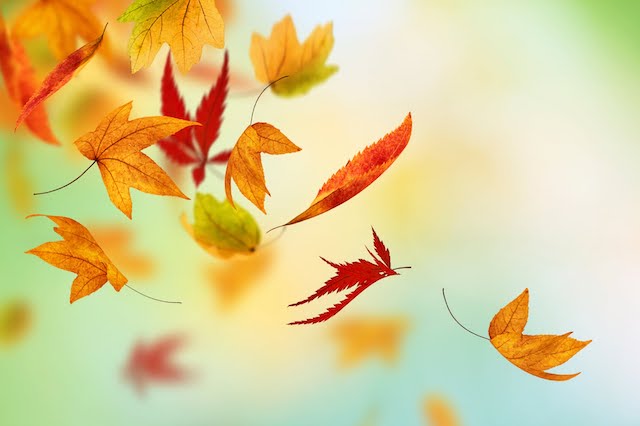
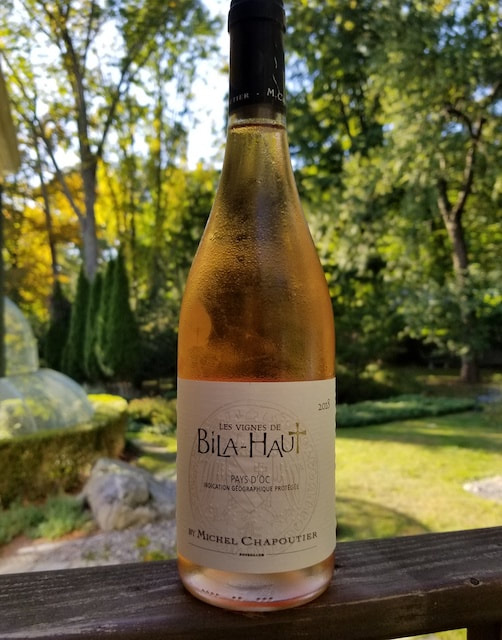
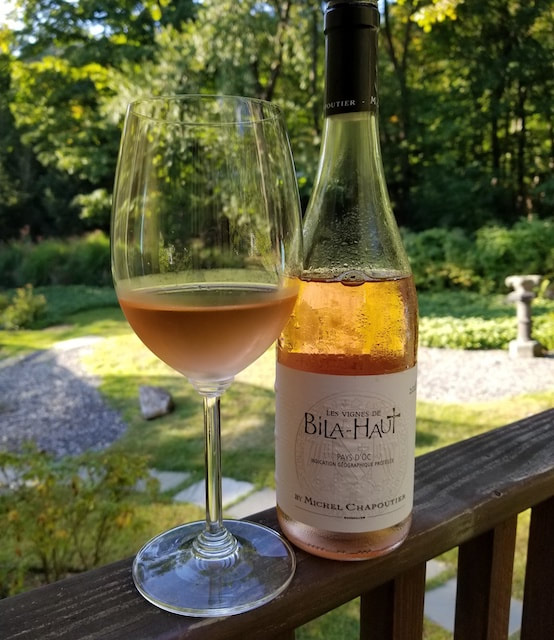
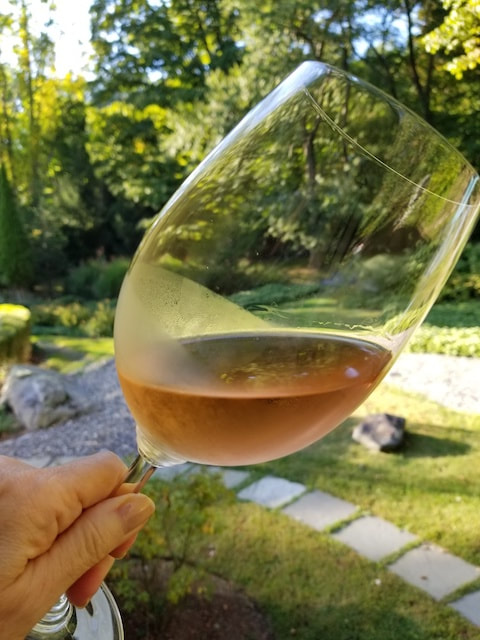
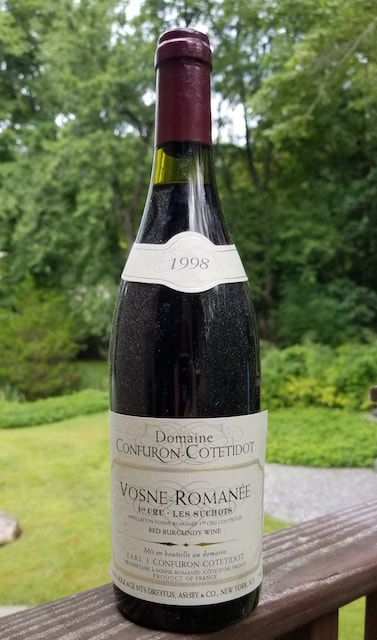
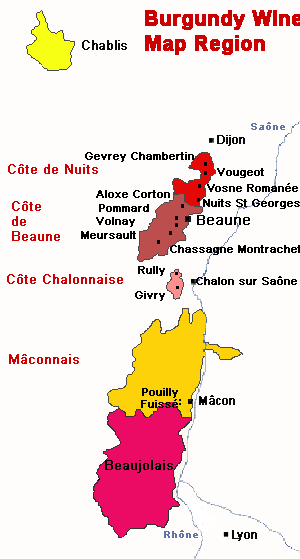
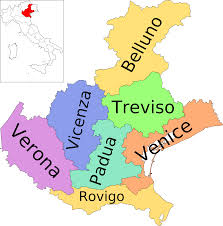
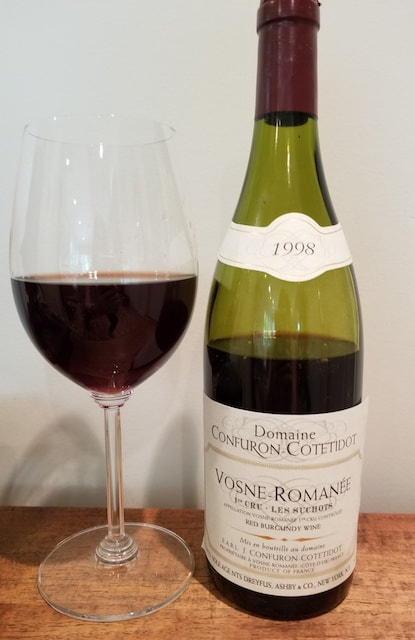
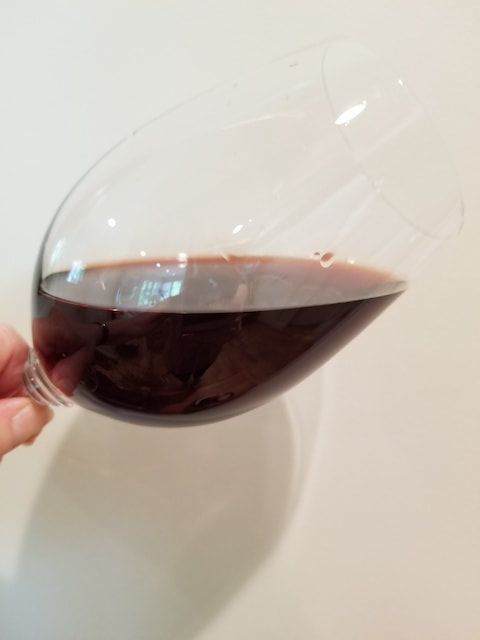

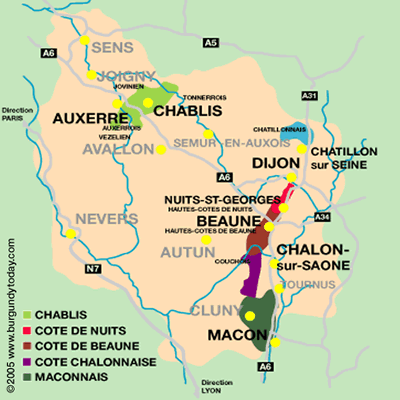
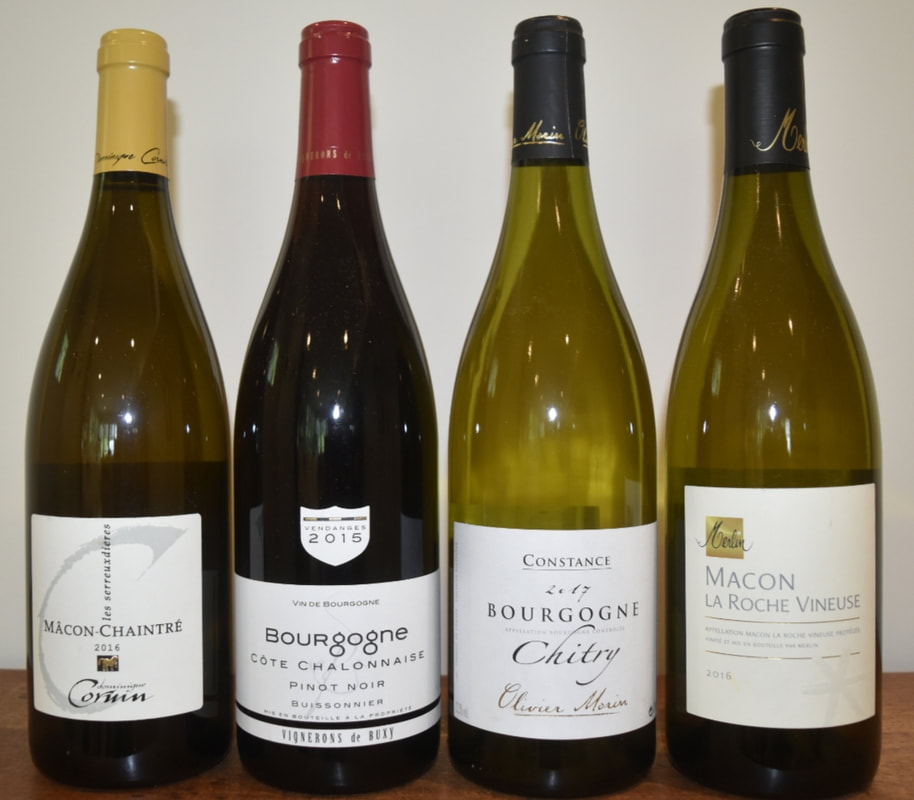
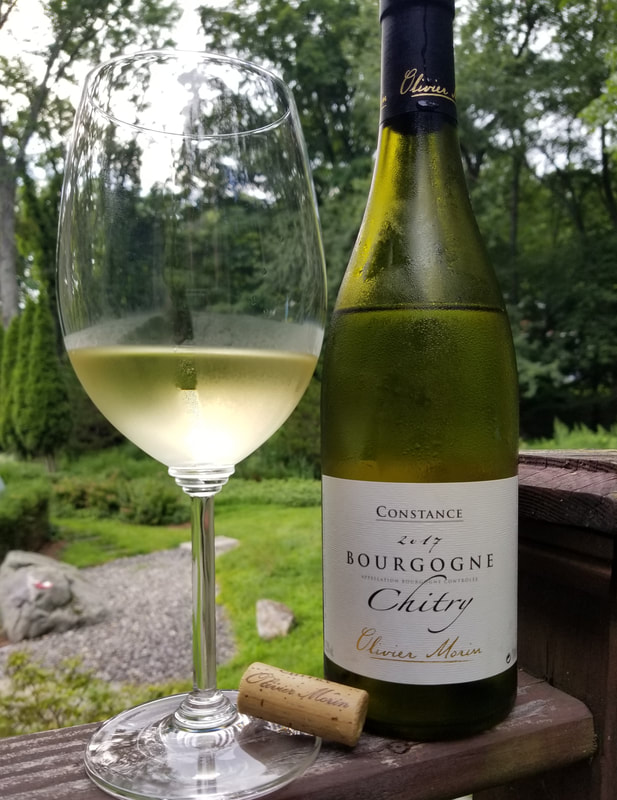
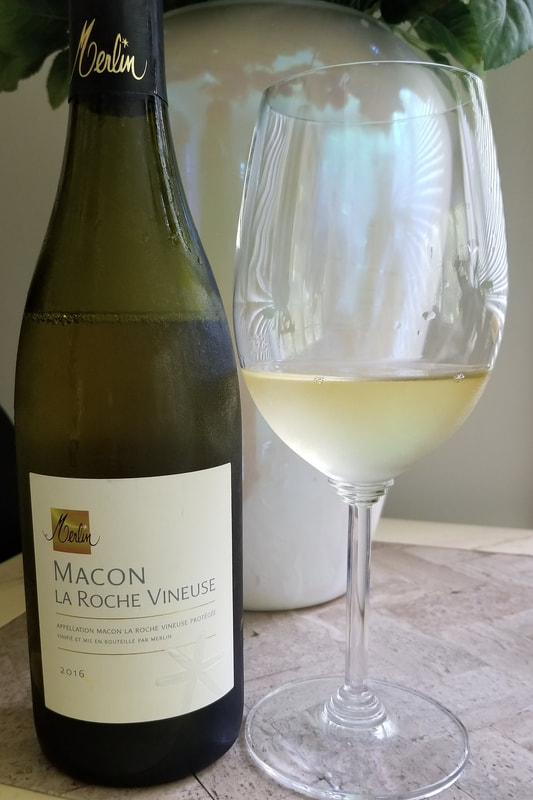
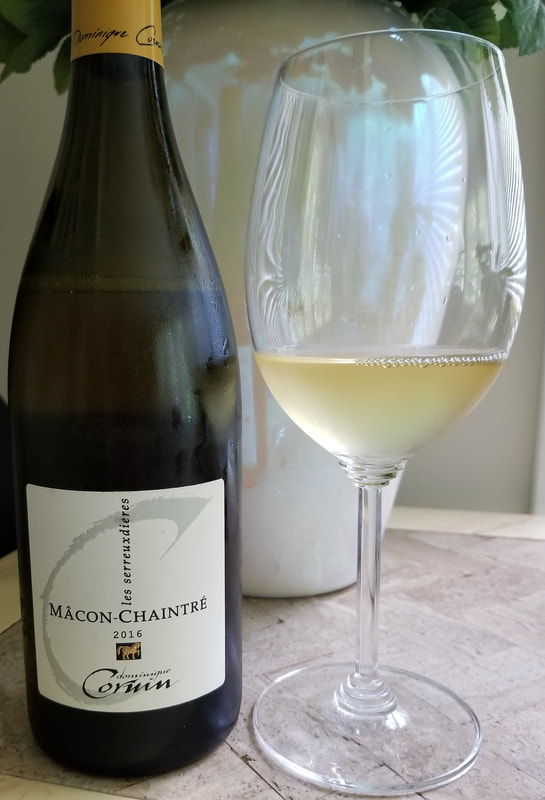
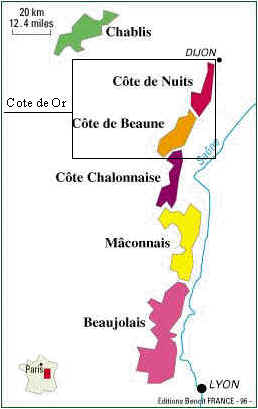
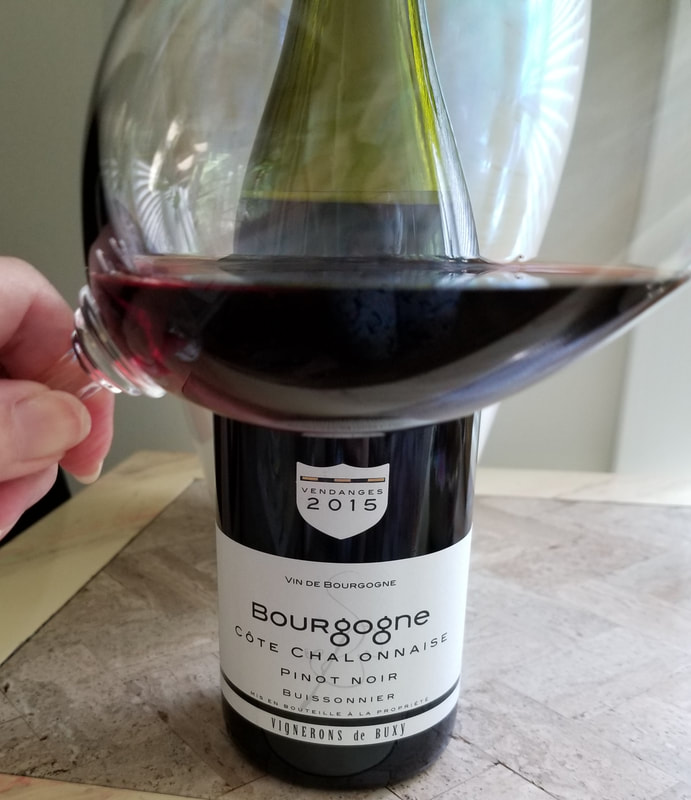
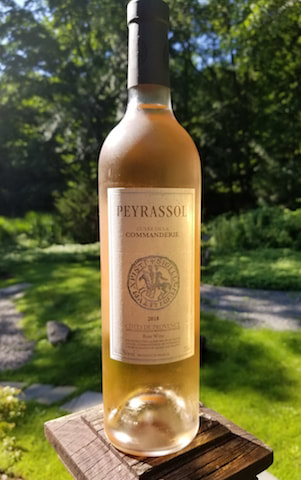
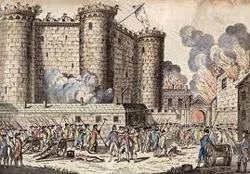
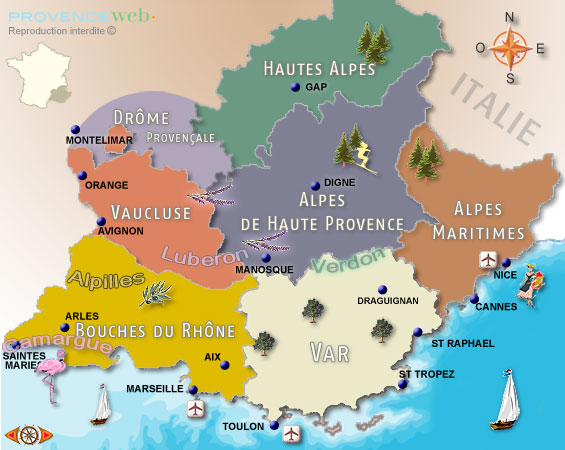
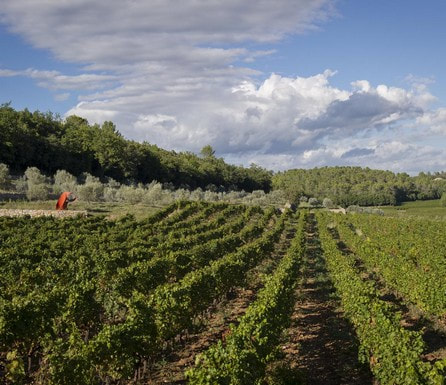
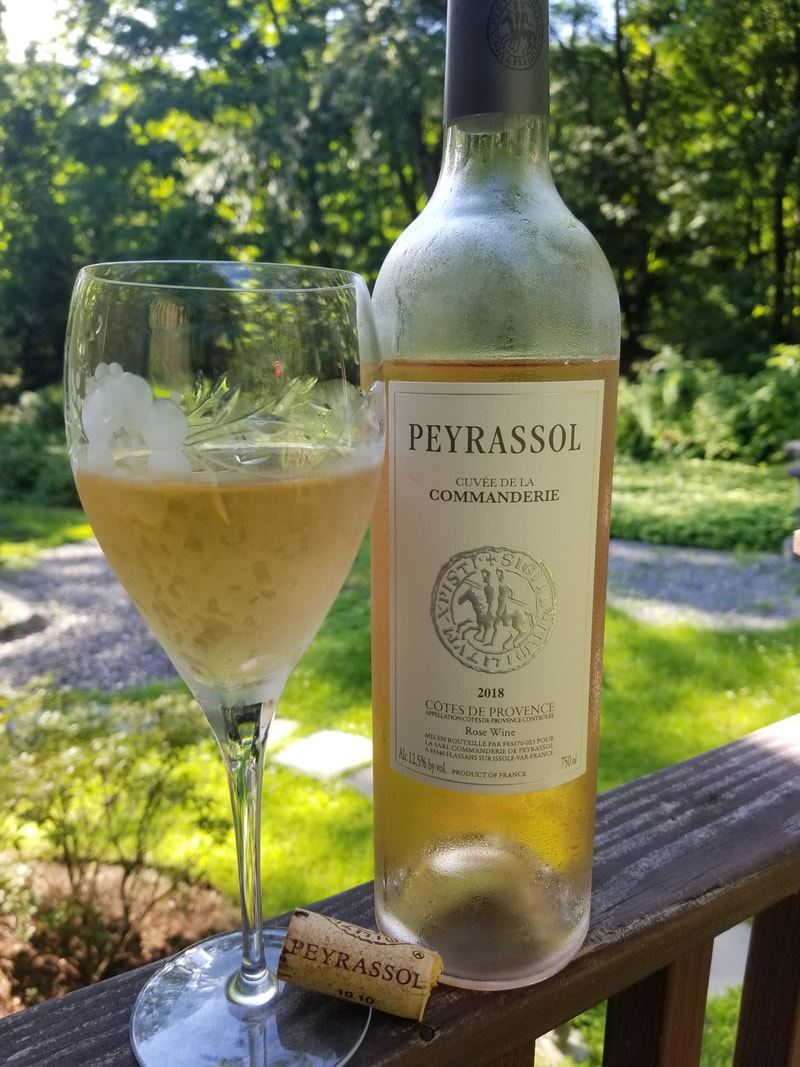
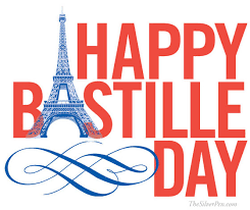

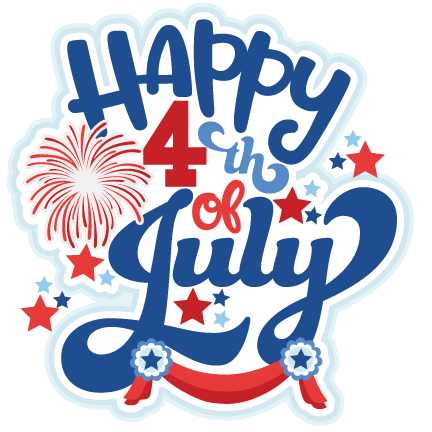


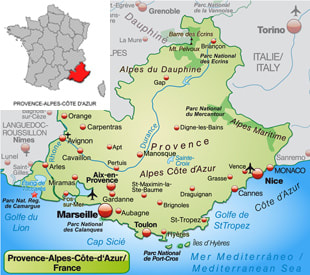
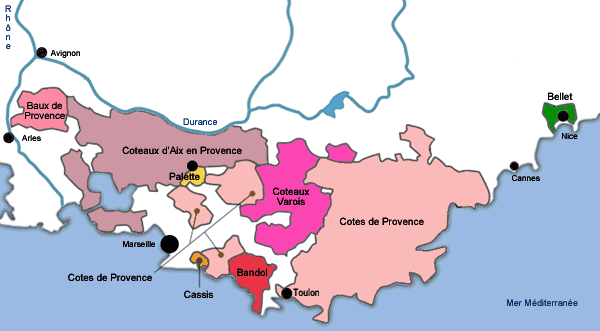
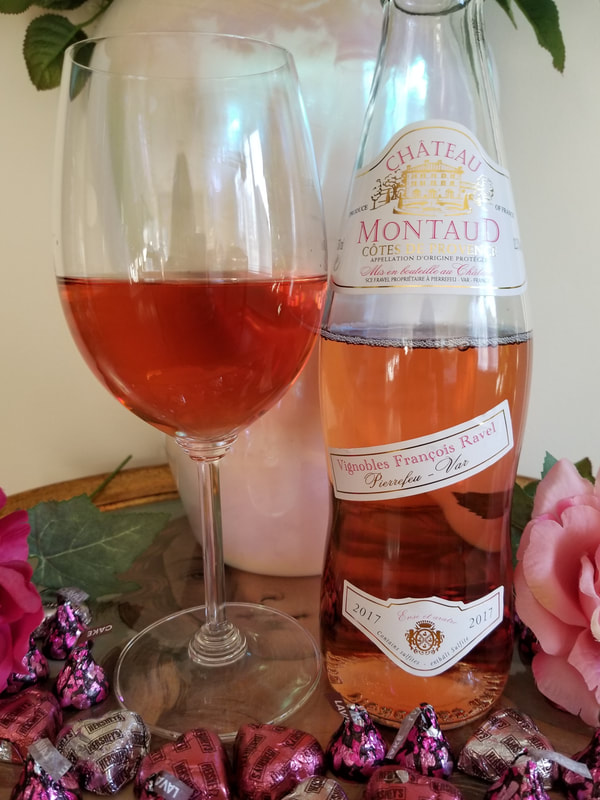
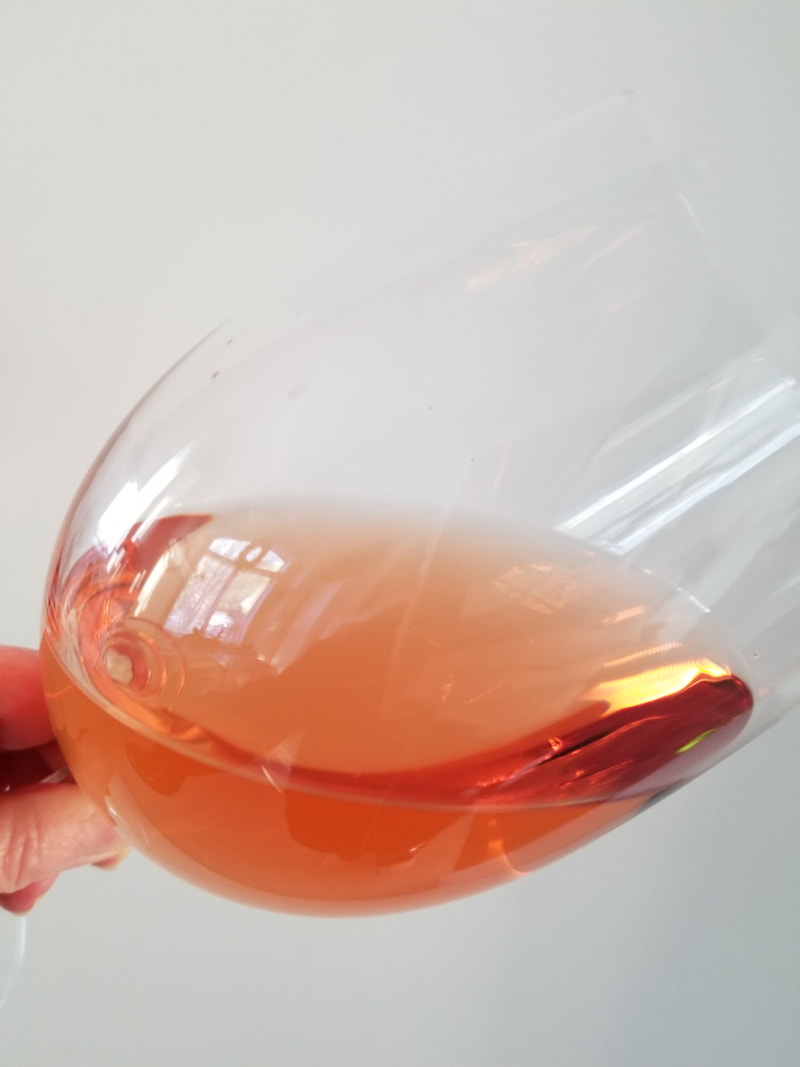
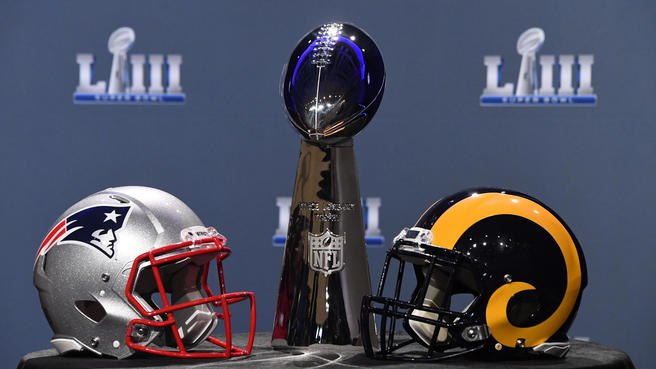

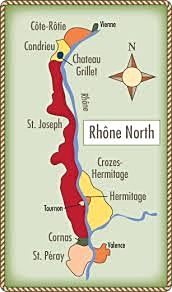
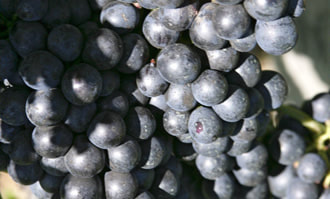
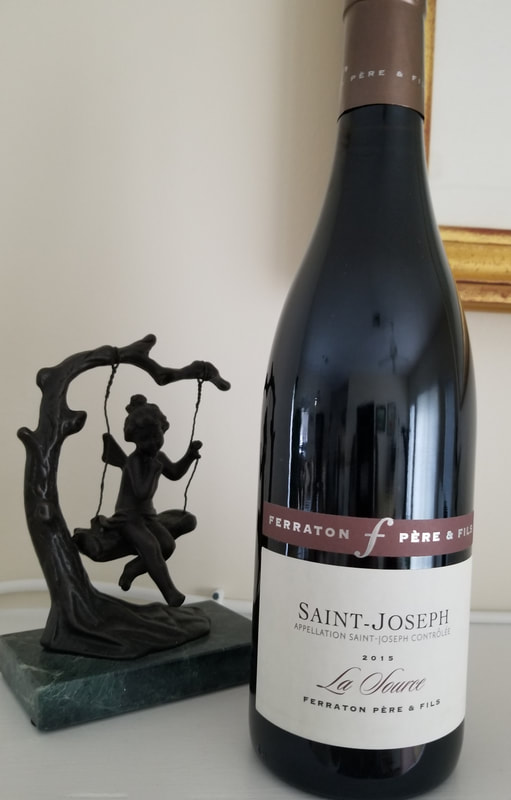
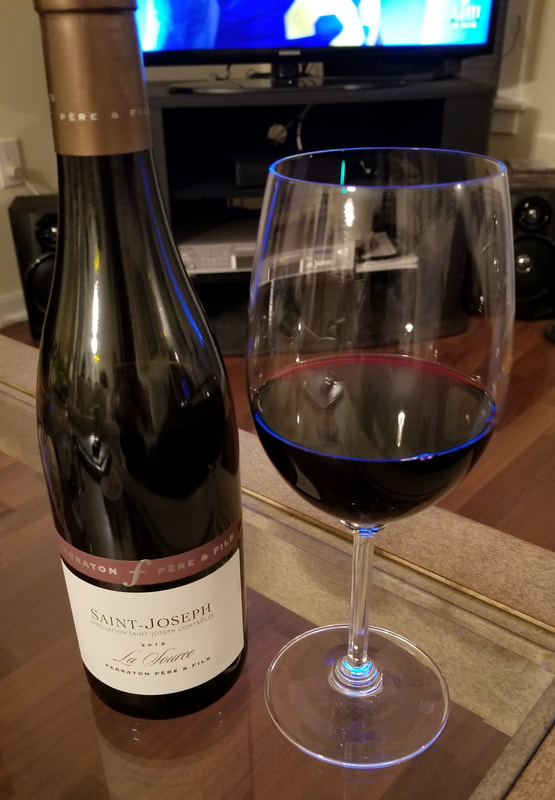
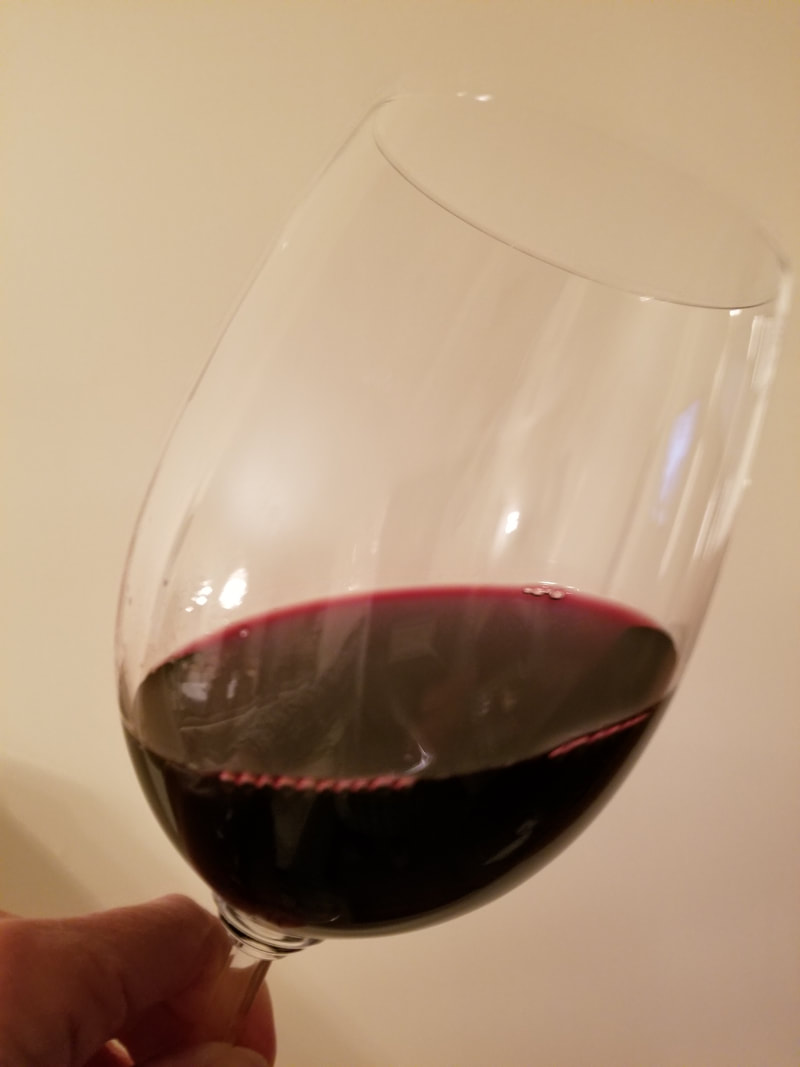
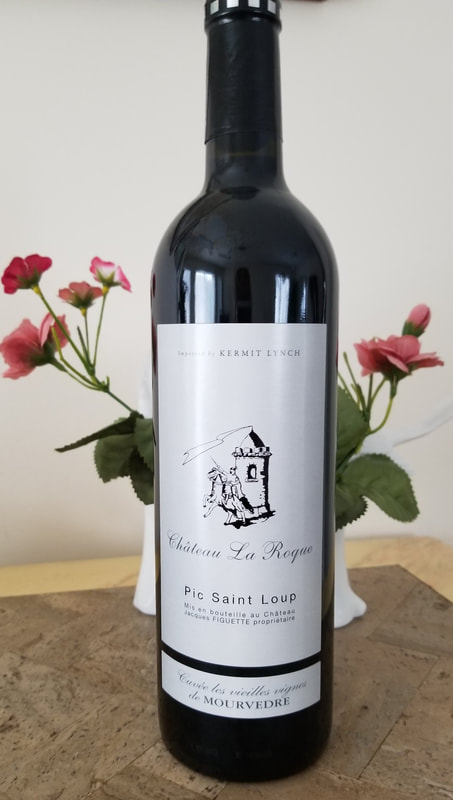
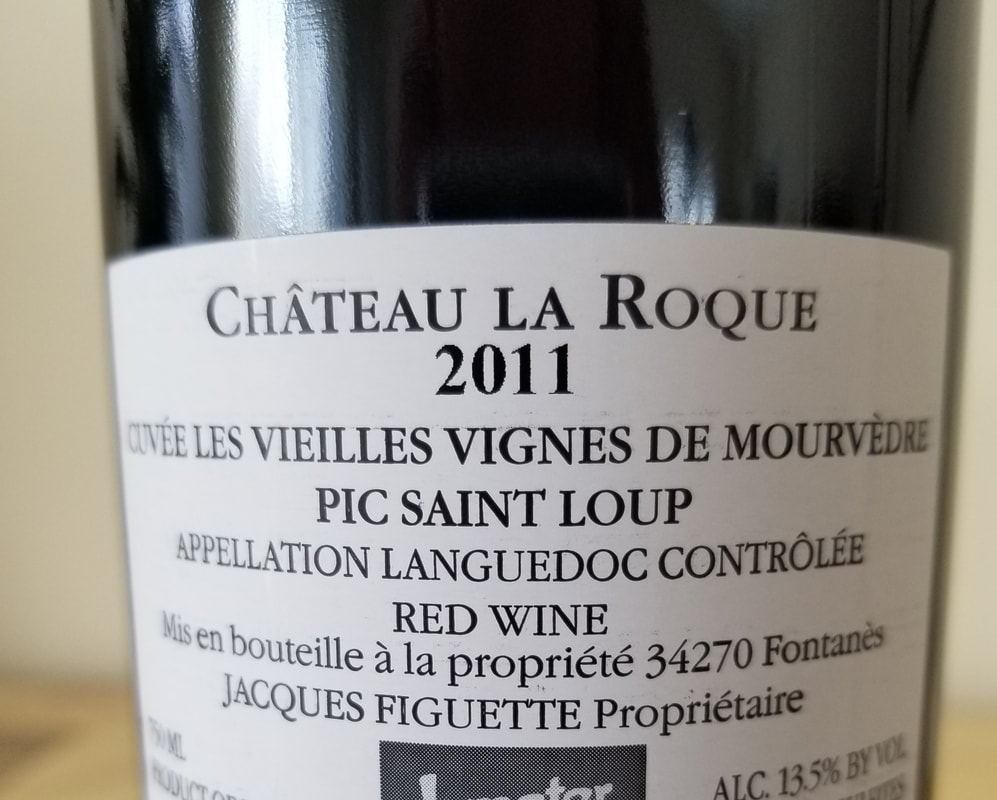
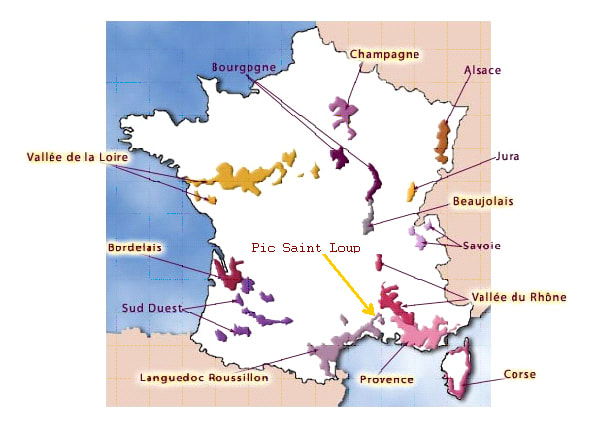
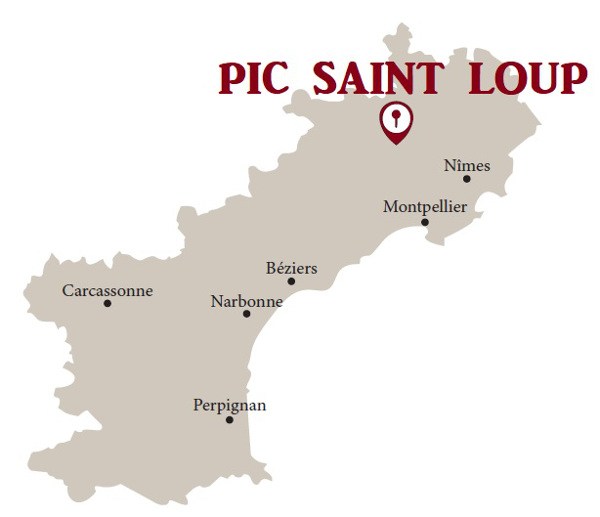
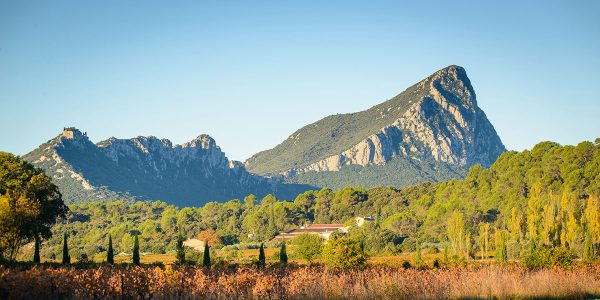
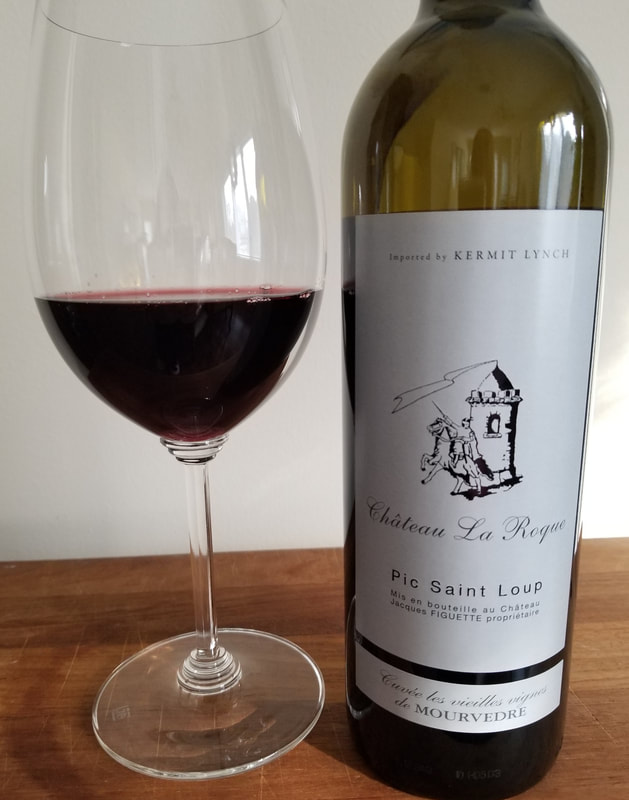
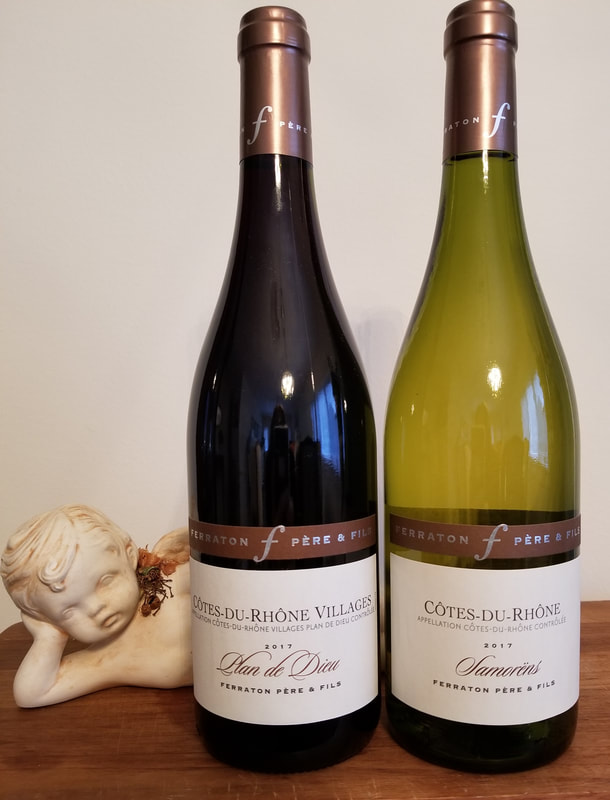

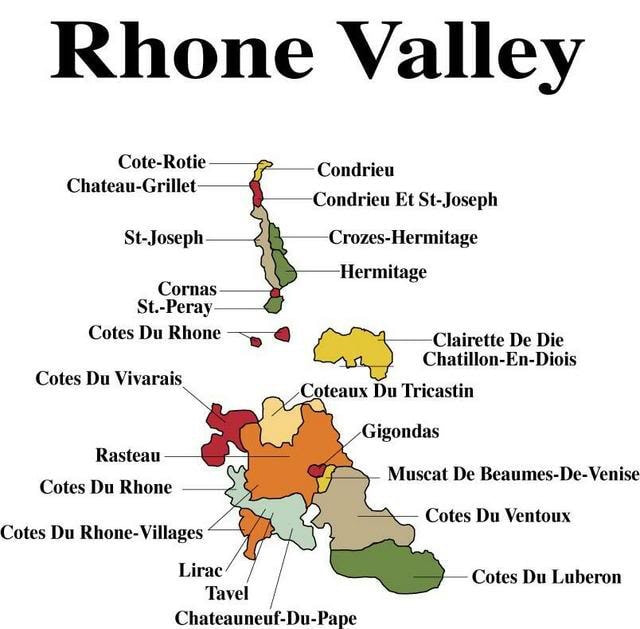
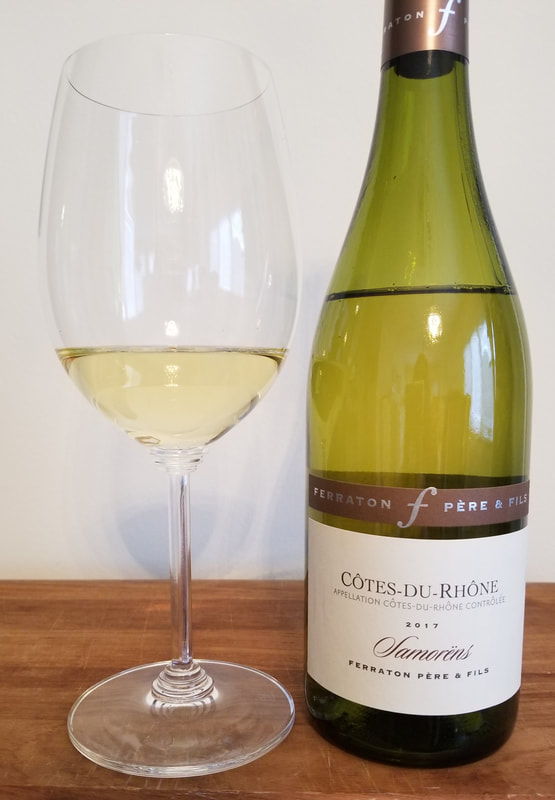
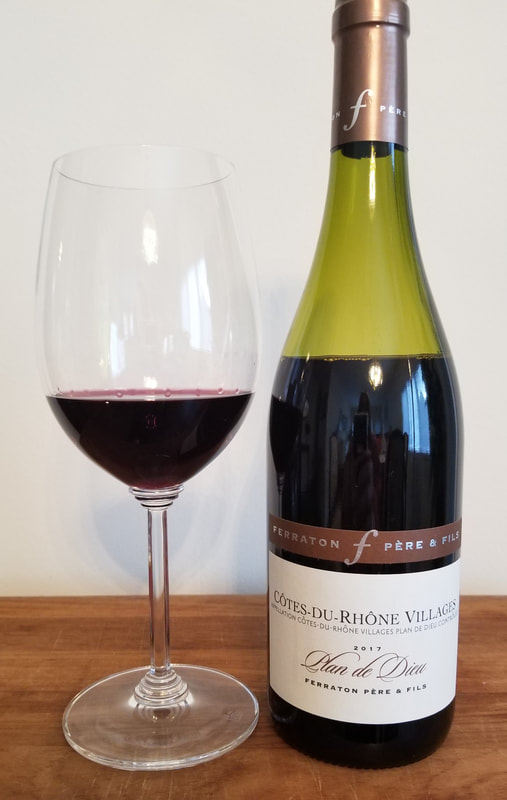
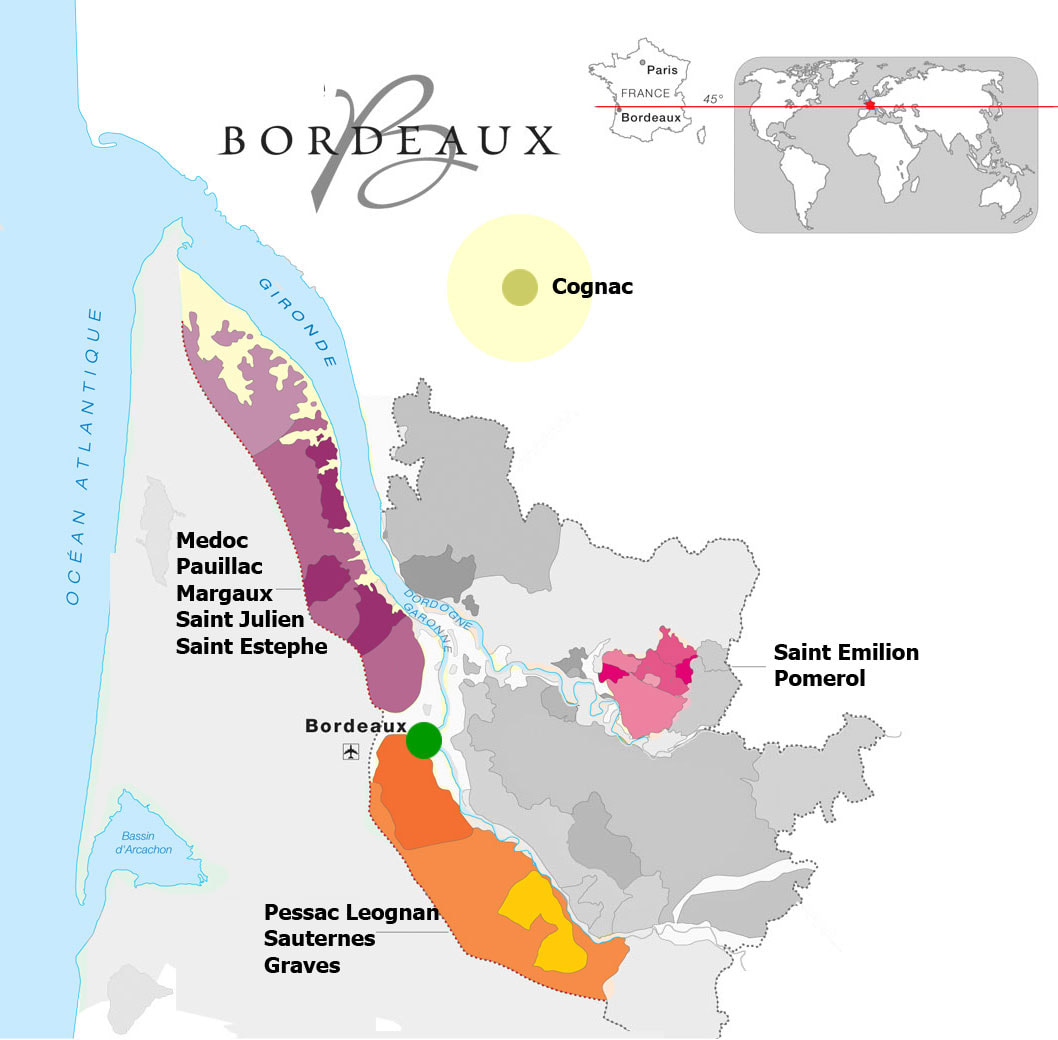
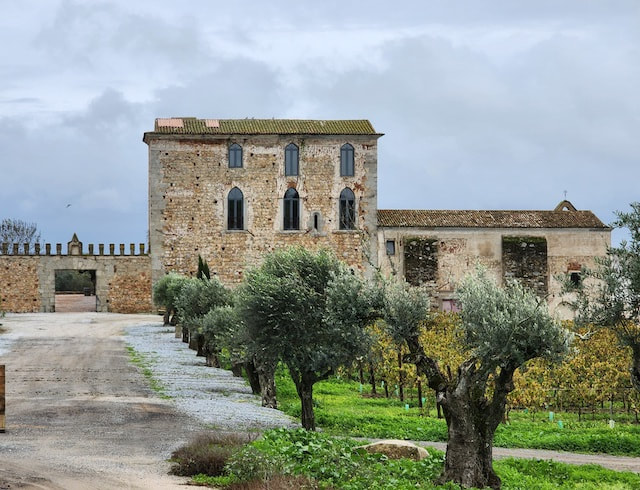
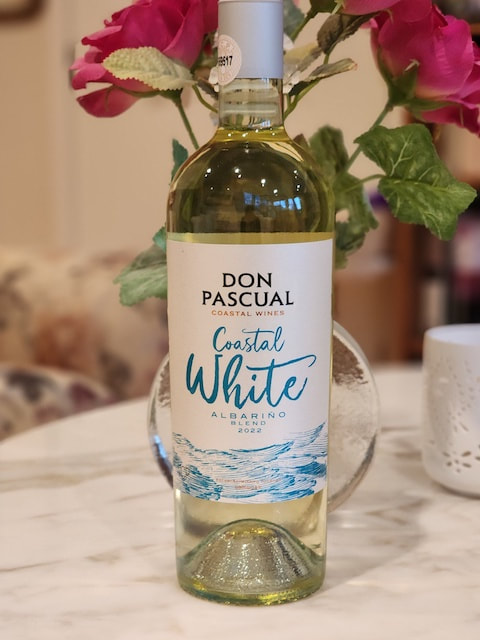
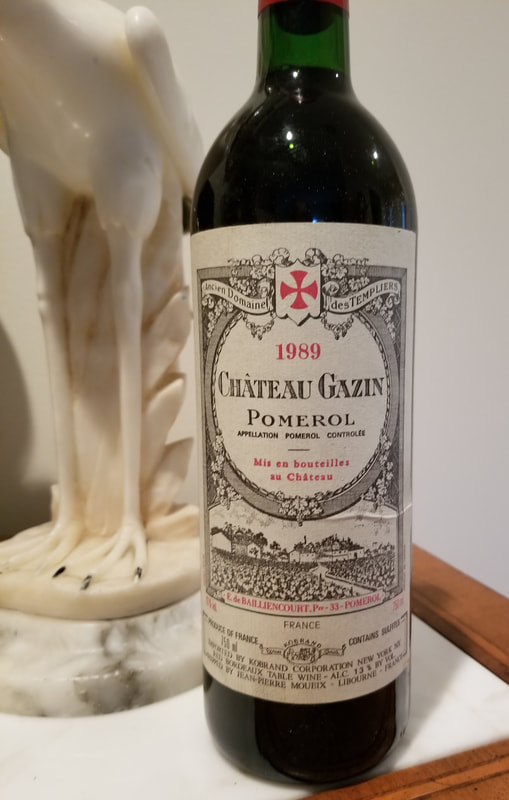
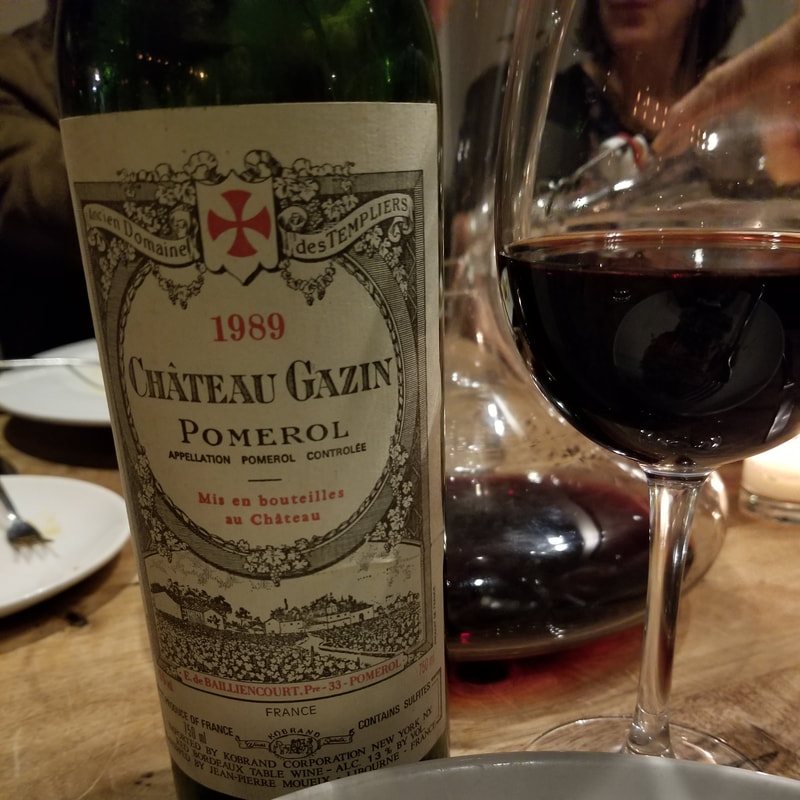
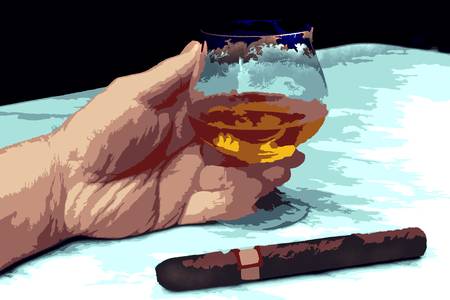
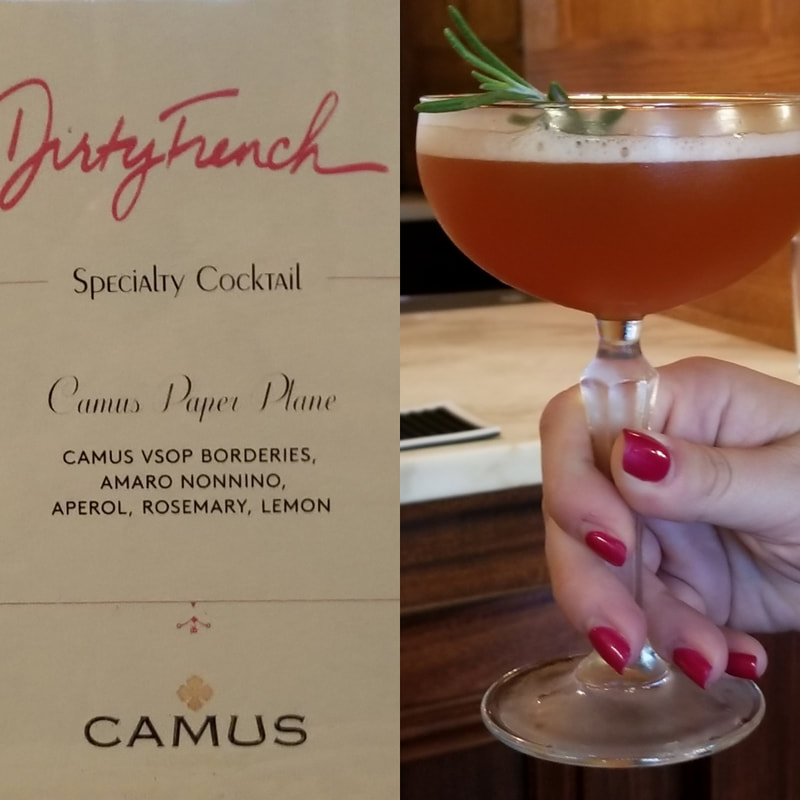
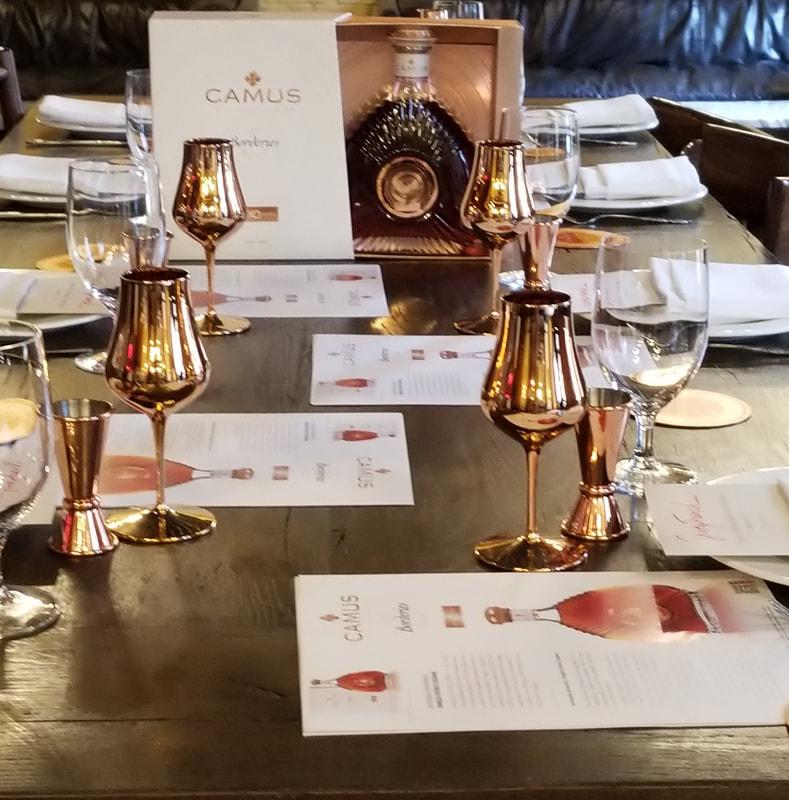
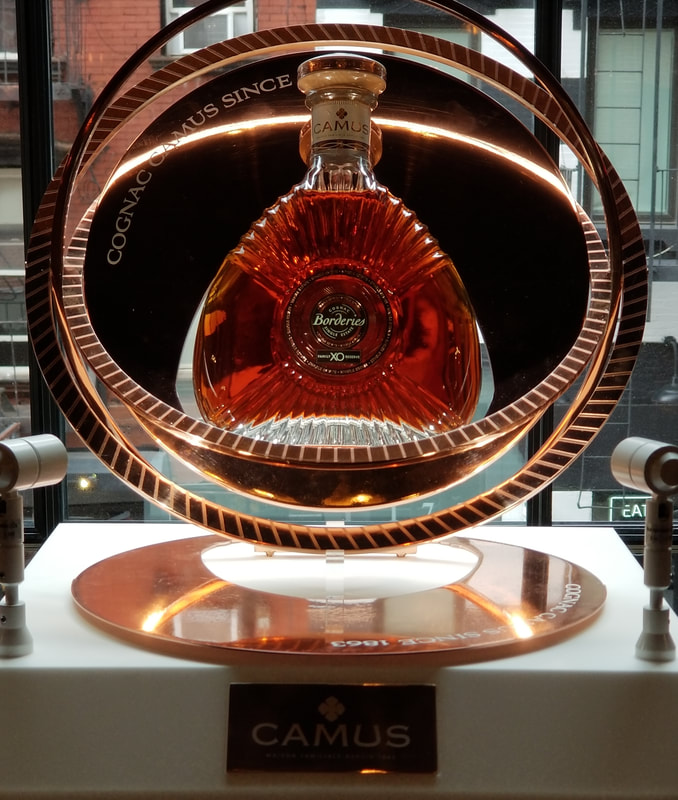
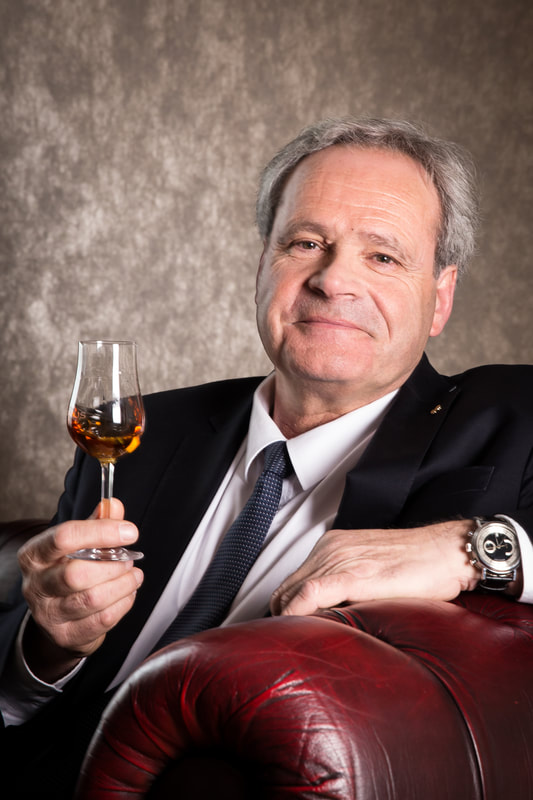
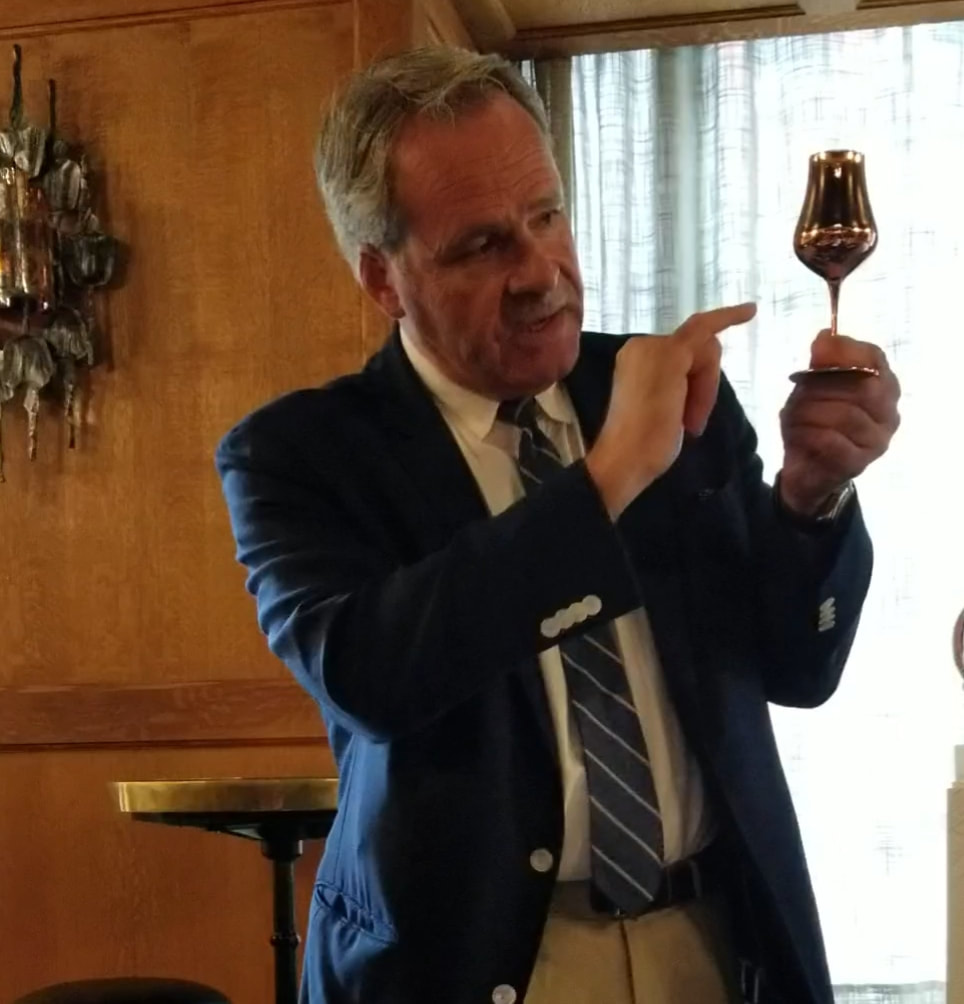
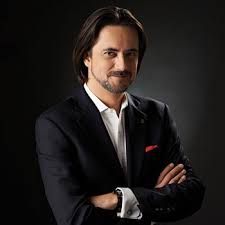
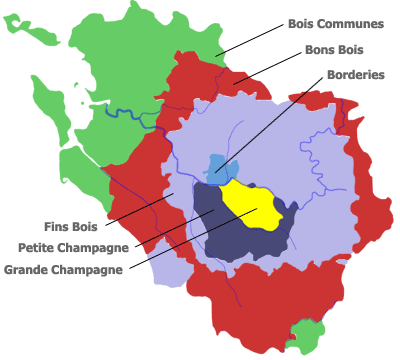

 RSS Feed
RSS Feed